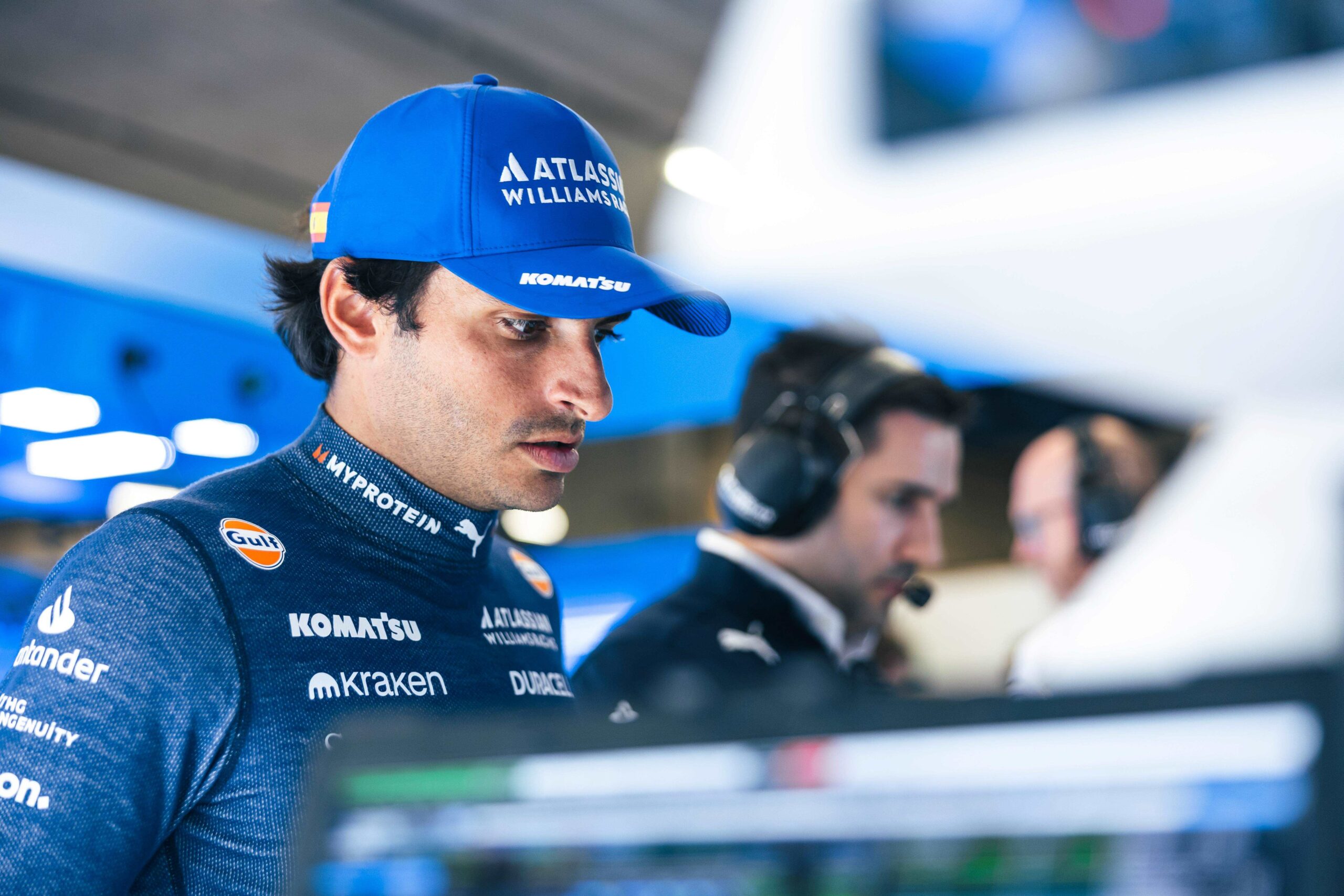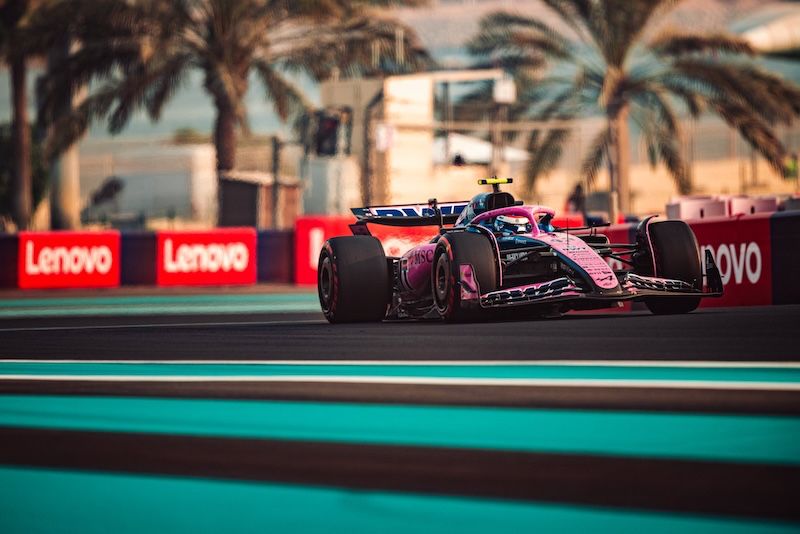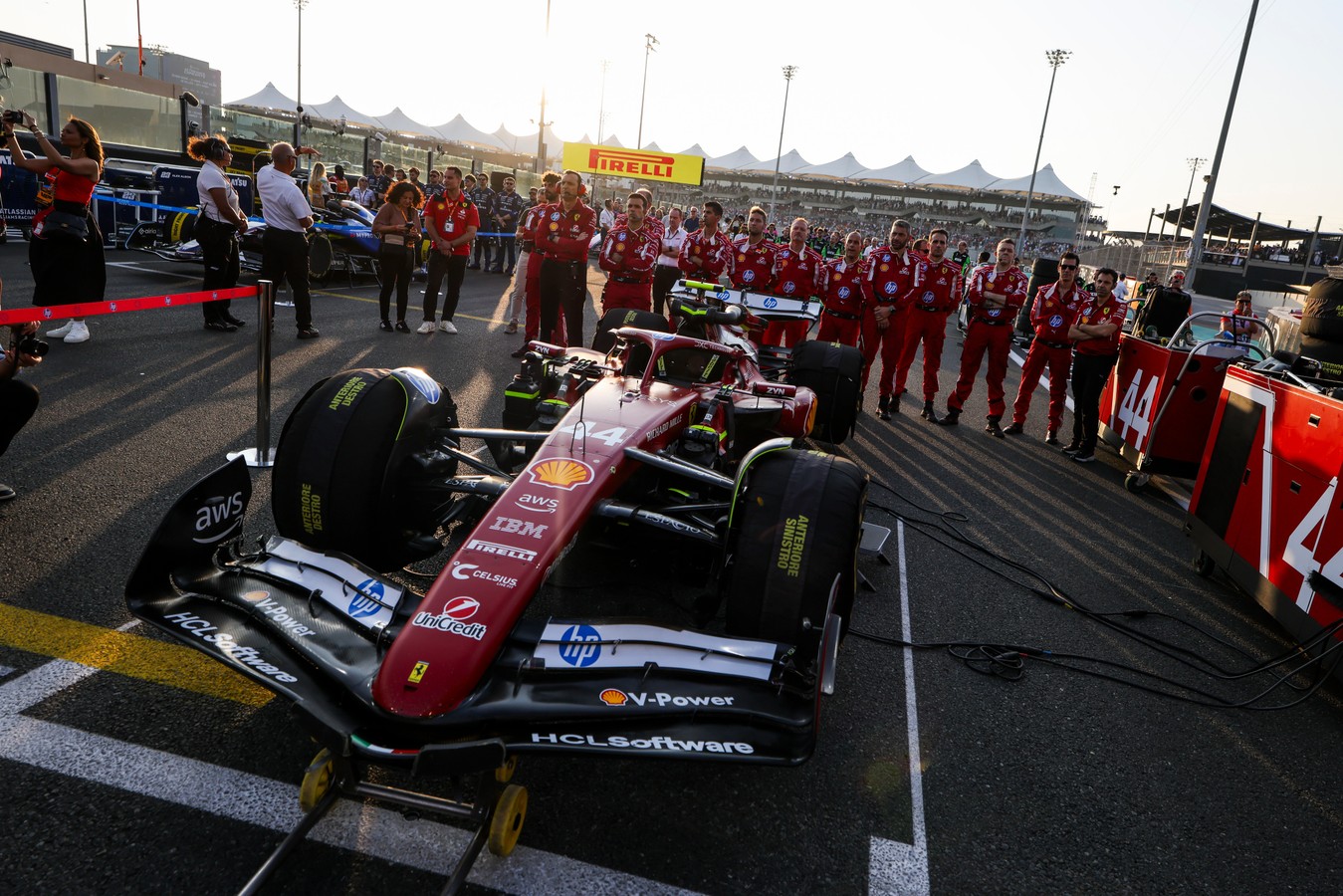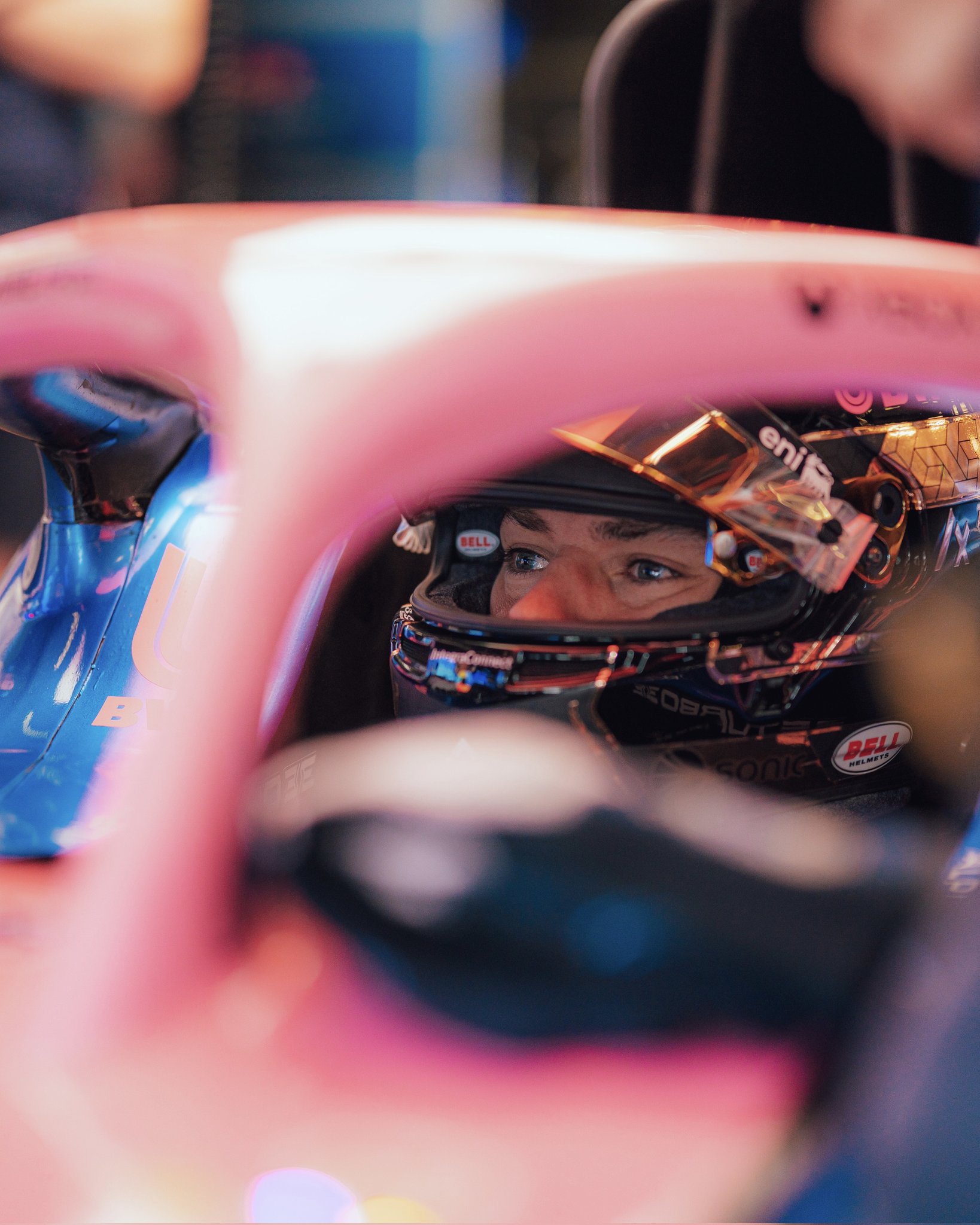While the F1 Belgian GP started with promise for Carlos Sainz and Williams, a combination of poor qualifying and a misjudged strategy call saw the Spaniard finish a disappointing P18. It marked yet another difficult chapter in what has been a frustrating 2025 campaign for the former Ferrari driver.
Currently sitting 15th in the championship – well behind teammate Alex Albon in 8th – Sainz has endured several complicated weekends this season. After he DNF’d in Australia, Sainz retired early after colliding with Yuki Tsunoda in Bahrain. He then failed to start in Austria due to a brake fire, and finally dropped down the order at Silverstone after being hit by Charles Leclerc.
Williams’ FW47 has presented Sainz with multiple challenges. From aerodynamic imbalance to reliability issues, the car’s inconsistent behavior has made adaptation difficult. This is especially challenging as Sainz transitions from the Ferrari he drove for several seasons.
Sainz’s poor qualifying ruined his F1 Belgian GP
Carlos Sainz pointed to qualifying as the key moment that derailed his Belgian GP. Despite a promising Q1 lap of 1:41.691, the Spaniard failed to reach the top 10 shootout as he was slowest in Q2. Upon discovering an anomaly in the FW47, Williams opted to change components – resulting in a pit lane start.
“Yeah, basically, our weekend was gone after a bad quali[fying] yesterday. We did a bit of analysis after the qualifying, and we saw that we went in the wrong direction with the setup. That probably cost me quite a bit in quali[fying].
“We had a poor quali[fying]. We also found an anomaly in the car throughout the weekend. And we said, okay, we’re starting 15th. Better if we start 17th from the pit lane than 15th on the grid.”
A set-up for rain that never came: the cost of Williams’ strategic call
The decision to alter the car set-up allowed the team to run a high-downforce rear wing, anticipating rain. However, as the race progressed under clearing skies and drying conditions, the set-up proved detrimental, leaving Sainz unable to progress through the field.
“That allows us to change the anomaly. That allows us to change the set-up. That allows us to put a high downforce rear wing for the wet, as it looked like it was going to be wet. It wasn’t wet, and we couldn’t move forward.”
Sainz’s hands-on approach shapes his race weekends
Sainz was actively involved in the technical decisions that weekend and took responsibility for his role in them:
“After being so strong in the sprint, obviously, I regret it […]. I also was pushing also with the team, you know, to go in that direction, so I take my responsibility to that, but yeah, we basically went in the wrong direction.
He remains one of the more analytically inclined drivers on the grid, working closely with engineers and pushing for continuous development – even if that means reevaluating the bigger picture.
While Sainz’s 2025 season has lacked consistency, the issues he and Williams face are not part of a recurring pattern – which, in his view, leaves room for optimism. Each weekend brings new variables to solve, and the Spaniard remains committed to building a foundation for long-term success.
“I don’t know. I don’t know if it’s a matter of time, or I’m going to start considering maybe changing something bigger to see if something starts clicking a bit more. We had, again, a super strong sprint, super strong qualifying in the sprint, super strong lap in Q1, and then suddenly we don’t manage to improve, and the weekend starts to go south, you know, and I don’t know.
“It’s something I need to keep looking at, something I’ll keep working on. Every weekend is a different thing, so it’s not like it’s a pattern. And yeah, we are going to keep working hard at it and see what we can do in Hungary.”
Sainz’s perspective on the FIA’s race delay
Sainz praised the FIA’s cautious approach, noting that given Spa’s high-speed character and history of serious incidents, waiting to start the race was the more sensible decision.
“In a normal track, yes, I think we could have started maybe 5-10 minutes earlier. In Spa-Francorchamps and the history of this track, it’s better safe than [unclear]. You guys got the whole race, you got to watch the full race, so I don’t think it was a bad call. A safe call! My respect to the race director, because he told us after Silverstone and the accidents in Silverstone that he would play it safer here, and that’s what he did. Better safe than have an accident and be regretful.”





